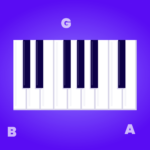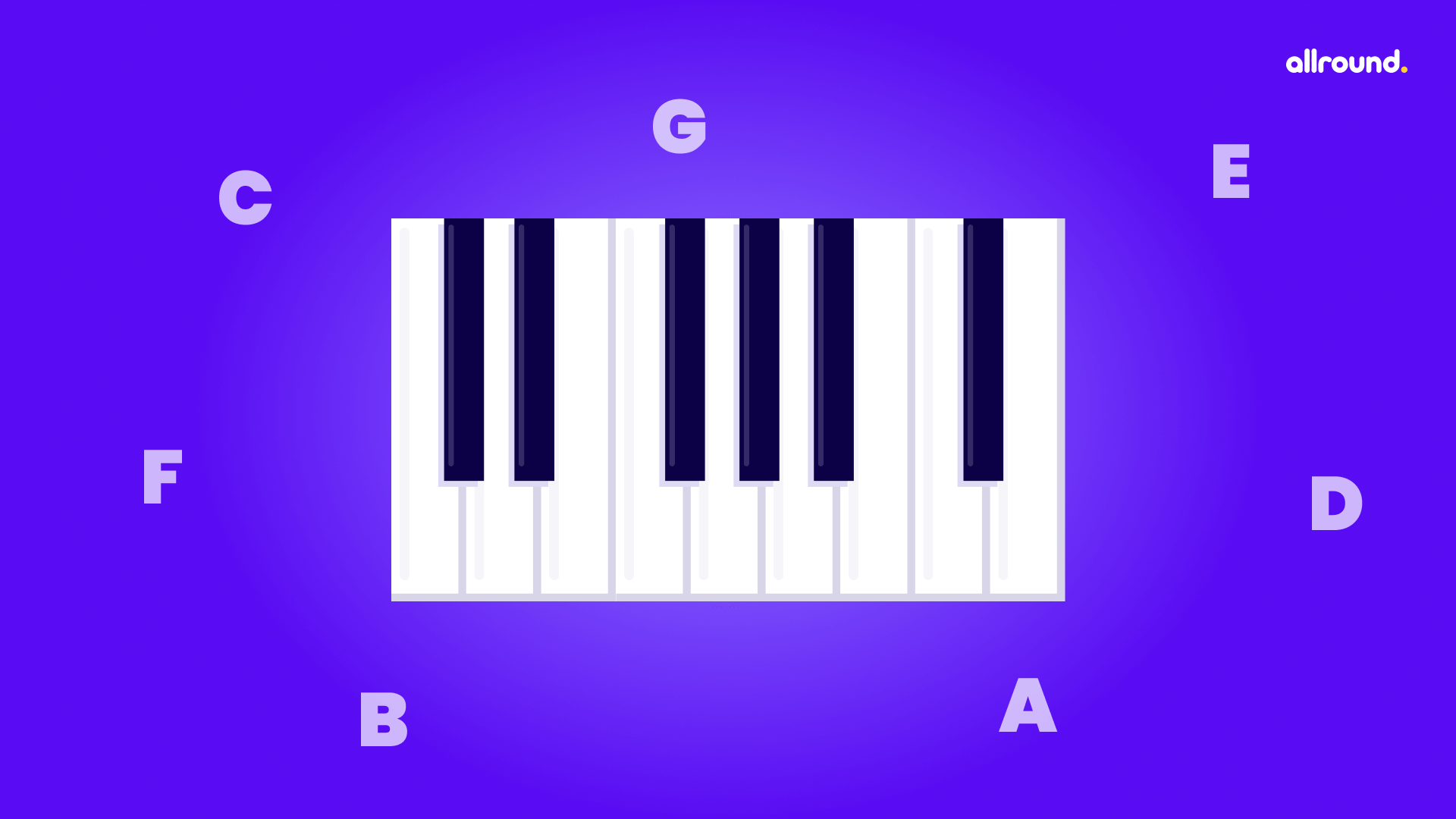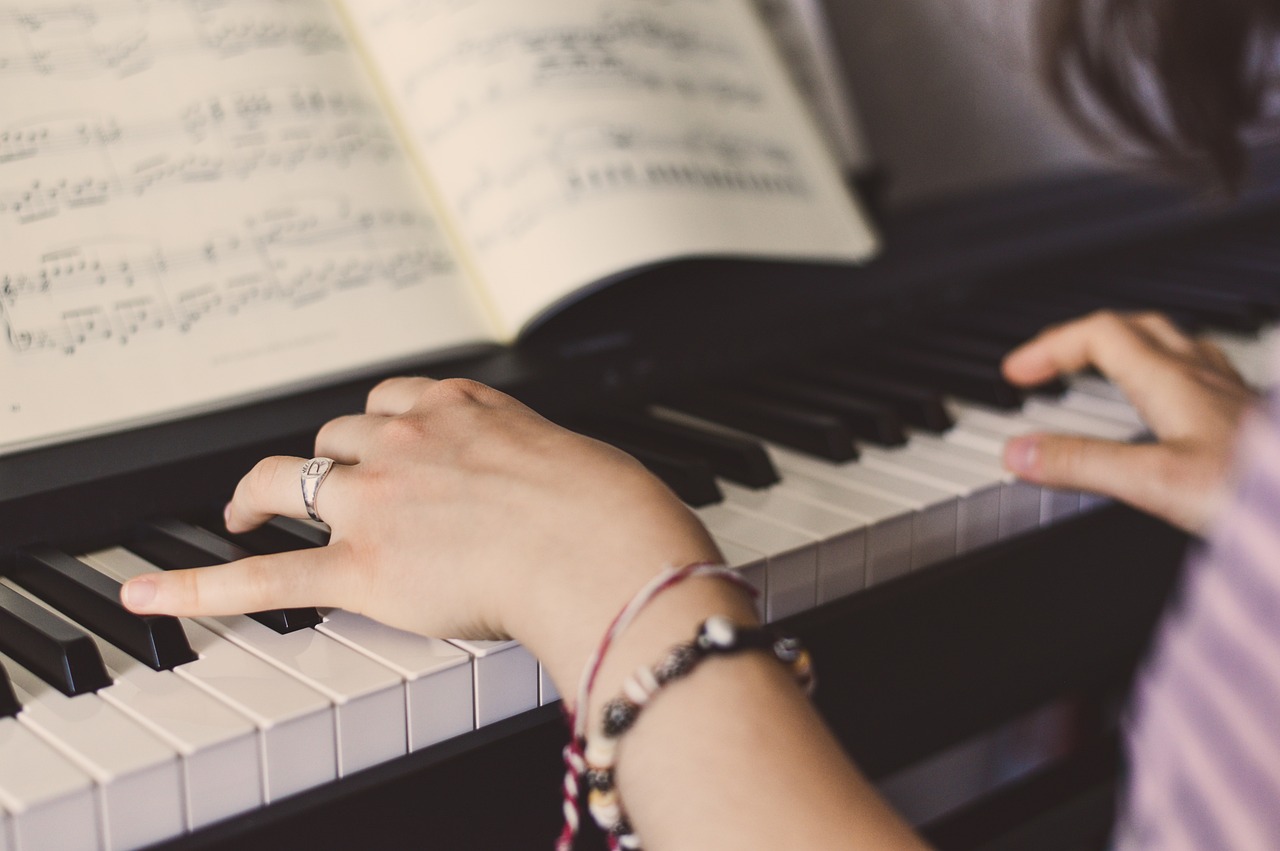Anatomy of a Piano5 min read
A piano is an instrument that’s designed to create beautiful sound that’s pleasing to the ear. It has been a standard piece of musical equipment since the 1700s. And is still popular among Musicians for it’s rich quality tones and Music. The piano is one of the most recognizable sounds in modern music. Learn how it all comes together to create such beautiful melodies.
Contents
The Structure of a Piano
The basic structure of a Piano has remained the same since 1700s. It still has the same basic sound quality and can still control many of the same pieces as a clavichord. The basic structure and composition of the piano have remained the same as their historical ancestor. This includes the lid, housing, and keys. The most obvious component of a piano is its keyboard. This is where the most interaction between the pianist and the audience occurs.
One of the most important aspects of playing the piano is getting used to the keyboard or the Piano Keys. Knowing more about the Piano Keys will help you in understanding how the Piano works so that the Instrument can be used more effectively. These keys are usually shorter and blacker than the others, and some of them are referred to as “en-harmonics”. The keys are attached to the internal components of the piano case. When pressed, each key produces a different tone.
A concert or digital piano has a keyboard with 88 keys. On the other hand, the fingerboard of some electronic instruments has fewer than 49 keys. Having a piano with fewer keys does not mean that you will not play more notes. The keyboard has become an integral part of music production, especially for musicians who are skilled in playing multiple notes at once. This capability enables them to play various parts of a work of Western music in various ways.
The Evolution of the Keys
An idiomatic keyboard style has evolved from a style that was initially associated with folk music to a more technical style that is widely used in Western culture. The keyboard instrument is often used to refer to an instrument that uses a keyboard, such as a piano or a percussion instrument. It was first produced and applied to the Hydraulus. It was probably invented in Alexandria during the 3rd BC.
This type of keyboard is believed to have disappeared after the Roman Empire’s fall. During the Middle Ages, some organs had sliders that were used to play different notes.
A similar instrument was the Organ, which had two players who used a crank to make the strings sound. They also turned the key-shaped levers to prevent the strings from moving at varying points.
Some portable organs had push buttons back then, but the keyboard that resembles the modern type was still in existence during the 14th century.
The Arrangement of the Keys
The arrangement of the keys depended on the music being played. Early organs had both B and C raised keys.
The colors of the keys—black for naturals and whites—became standardized around 1800, depending on the fashion and the relative cost of materials such as bone, ivory, or boxwood. By 1580, French and German instruments had oak or bone naturals, and by the 1790s, French and German instruments had ivory or bone sharps.
Even after the arrangement of seven natural keys and five raised ones per octave, two exceptions remained. The first of these was the short octave.
The keyboard started on E, and the string for that key was tuned to the C. The apparent F was also tuned to D, so that the notes of both C and E were encompassed within the apparent key span of only E.
Keyboards with missing F and G keys were made with two parts, and these keys were divided into D and E. A second short octave was later developed with the same keys.
The key sounded the G below, and its apparent C- and E-tuned sharps were tuned to A and B. Eventually, as musical styles evolved, these two re-tuned sharps were also divided in this arrangement.
The Black & White Keys
The twelve-note keys groups are composed of seven white keys and five black keys. The C key is the starting point for the group of twelve.
The black keys have two names: En-harmonic equivalents“ and en-harmonic notes“.
The note can be called C# or D# depending on the context in which it’s played. The only difference is that the notes can only appear in key signatures with the letters A and D.
The reason why the C is always on the white key is that the semitone step between the B and C is only one of the two.
The Middle C Key
The C key is the first key in the piano keyboard’s octave. It plays a roll in helping you find your place.
Many pieces that are frequently played by unskilled players are also written in the C major scale, which is the least amount of note symbols. This makes it an easy to understand and can be used to discuss concepts of harmony.
The Keyboard Today
The evolution of the Keyboard in Piano described above might have took you to the age old Music and got you a clear picture of limitations Producing Music had in those ages. But luckily we have come so far that everything is set so well for us to make the most out of it.
Today, when we take a look at a typical concert or digital piano has a keyboard with 88 keys. The fingerboard of some electronic keyboards has fewer than 49 keys.
Each key has its own octave. The total number of keys on the keyboard is equal to one.
The number of keys on a piano keyboard is used to determine how many notes will be played in a given piece of music. Having a piano with fewer keys does not mean that you will not play more notes.
Finally, much effort has been devoted to creating the keyboards for Piano. The development of electronic instruments and their accompanying technologies started during the same time. Today we have a great Variety of Piano’s in store with the most efficient built in keyboards.





